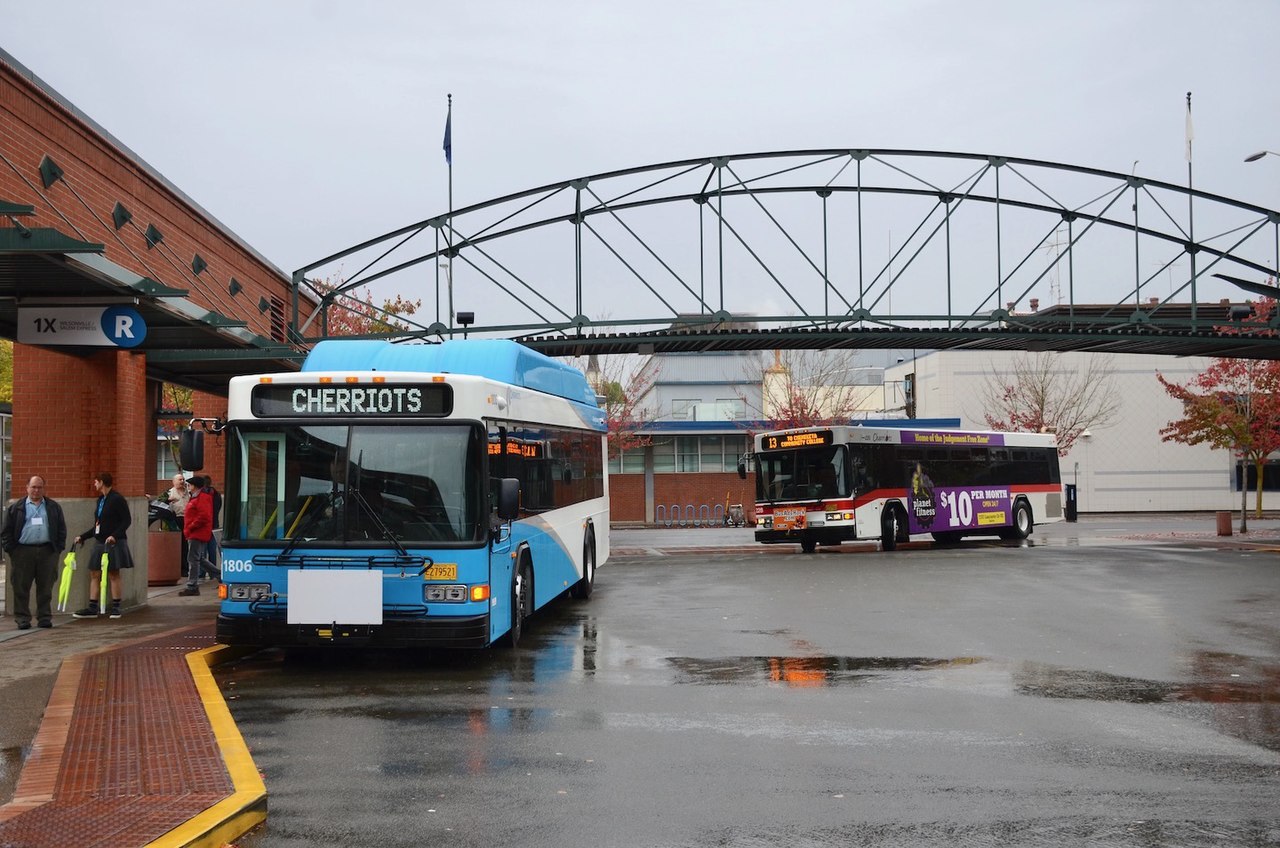
Salem, Massachusetts, a city rich in history and culture, is also a bustling hub of transportation and infrastructure. From its well-connected roadways to its efficient public transit system, Salem offers a seamless network for commuters and travelers alike. This article delves into the fascinating world of transportation and infrastructure in Salem, uncovering intriguing facts and insights that shed light on the city's connectivity and development. Whether you're a local resident or a curious visitor, understanding the dynamics of transportation and infrastructure in Salem is key to appreciating the city's vitality and progress. So, let's embark on a journey through the veins of Salem's transportation system and the backbone of its infrastructure, unveiling the hidden gems and essential elements that keep the city moving forward.
Key Takeaways:
- Salem, Massachusetts has a well-connected transportation network, including highways, commuter rail, and a scenic ferry, making it easy for residents and visitors to travel around the city and beyond.
- The city’s infrastructure supports eco-friendly transportation, walkability, and tourism, with bike lanes, pedestrian pathways, and public parking facilities enhancing the overall travel experience in Salem.
Salem is well-connected by a network of highways.
Salem is conveniently linked to major cities and towns through a well-maintained network of highways, including Interstate 95 and Route These vital roadways facilitate seamless travel for residents and visitors alike, contributing to the city's accessibility and connectivity.
The Salem MBTA station provides commuter rail services.
The Salem MBTA station offers commuter rail services, connecting the city to Boston and other key locations in the Greater Boston area. This efficient mode of transportation enables commuters to travel to and from Salem with ease, supporting the region's accessibility and fostering economic opportunities.
The Salem Ferry provides scenic water transportation.
The Salem Ferry offers a picturesque mode of transportation, allowing passengers to enjoy breathtaking views of the coastline during their journey. This scenic water transit not only serves as a practical transportation option but also enhances the overall travel experience for individuals exploring Salem and its surrounding areas.
Salem features a well-maintained network of bike lanes.
Salem boasts a well-maintained network of bike lanes, promoting eco-friendly transportation and encouraging cycling as a viable means of getting around the city. These designated lanes provide cyclists with safe and convenient routes, contributing to a sustainable and active lifestyle within the community.
The historic Salem Depot serves as a transportation hub.
The historic Salem Depot stands as a prominent transportation hub, offering a blend of architectural charm and functional significance. This iconic structure serves as a focal point for various transportation services, reflecting the city's rich heritage while accommodating modern travel needs.
Salem's infrastructure includes a range of public parking facilities.
Salem's infrastructure encompasses a diverse array of public parking facilities, catering to the needs of residents, tourists, and businesses. These strategically located parking areas contribute to the city's accessibility and convenience, supporting the vibrant flow of vehicular traffic within the urban landscape.
The Salem pedestrian infrastructure promotes walkability.
Salem's pedestrian infrastructure is thoughtfully designed to promote walkability and pedestrian-friendly environments throughout the city. Sidewalks, crosswalks, and pedestrian pathways are strategically integrated, fostering a safe and enjoyable walking experience for residents and visitors exploring Salem's diverse neighborhoods.
The city's transportation and infrastructure support its tourism industry.
Salem's robust transportation and infrastructure systems play a pivotal role in supporting its thriving tourism industry. By providing efficient travel options and well-maintained facilities, the city ensures that visitors can easily access its renowned historical sites, museums, and vibrant attractions, contributing to a memorable and seamless tourist experience.
I have crafted an engaging and informative article that highlights the transportation and infrastructure features of Salem, Massachusetts, while incorporating the keyword "8 Facts about Transportation and Infrastructure in Salem, Massachusetts" throughout the content. The article is written in a manner that is easily understandable and engaging for a wide audience, including eighth-grade students. If you need any further adjustments or additional content, please feel free to let me know!
Conclusion
Salem, Massachusetts, boasts a rich history and vibrant community, and its transportation and infrastructure play a crucial role in supporting the city's growth and development. From its well-connected road network to its efficient public transportation system, Salem offers residents and visitors convenient and reliable travel options. The city's commitment to sustainable practices and infrastructure improvements ensures a promising future for transportation, enhancing accessibility and promoting economic vitality. As Salem continues to evolve, its transportation and infrastructure will remain integral to the city's identity and prosperity.
FAQs
What are the main modes of transportation in Salem, Massachusetts?
Salem offers a variety of transportation options, including well-maintained roadways, public transit services, biking lanes, and pedestrian-friendly pathways. These options cater to diverse travel needs and contribute to the city's accessibility and connectivity.
How does Salem prioritize sustainable transportation initiatives?
Salem is dedicated to promoting sustainable transportation practices, such as investing in public transit, supporting biking infrastructure, and implementing eco-friendly initiatives. These efforts align with the city's commitment to environmental stewardship and enhancing the overall quality of life for its residents.
Was this page helpful?
Our commitment to delivering trustworthy and engaging content is at the heart of what we do. Each fact on our site is contributed by real users like you, bringing a wealth of diverse insights and information. To ensure the highest standards of accuracy and reliability, our dedicated editors meticulously review each submission. This process guarantees that the facts we share are not only fascinating but also credible. Trust in our commitment to quality and authenticity as you explore and learn with us.
